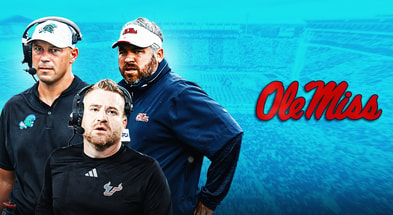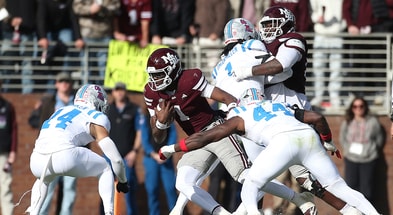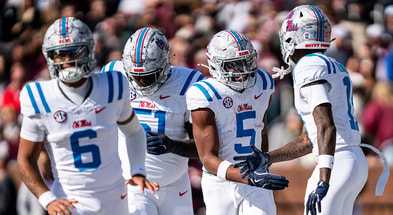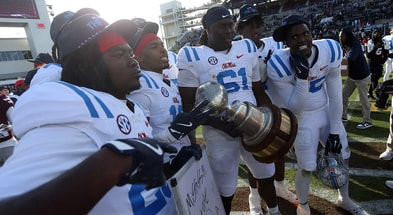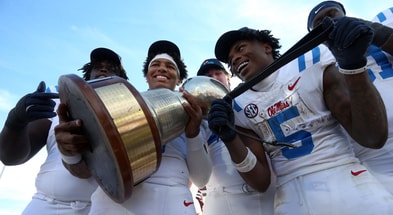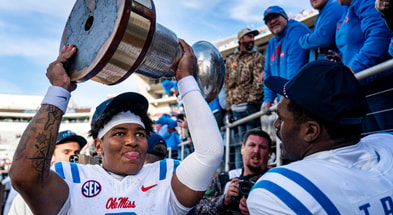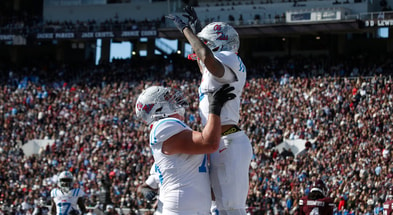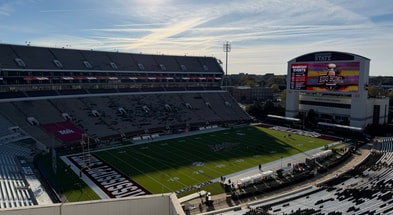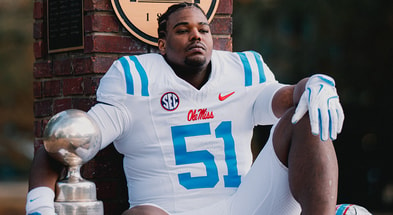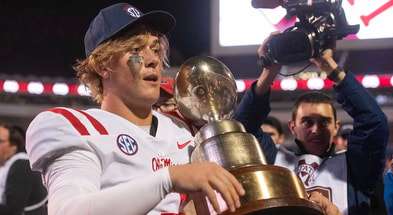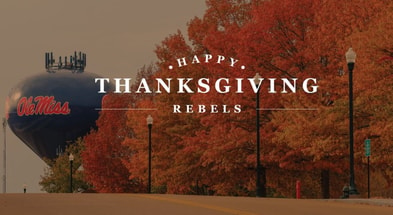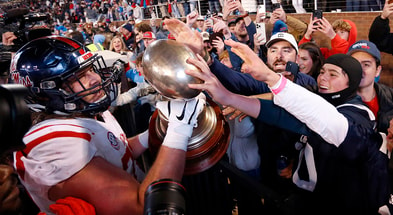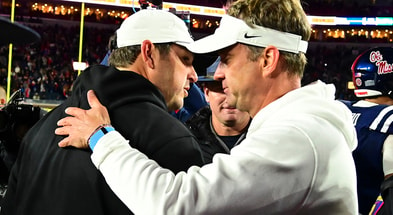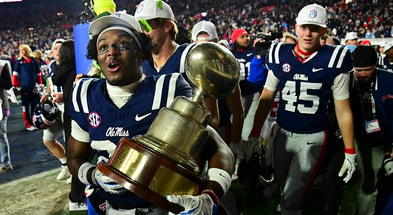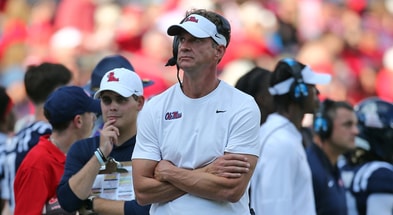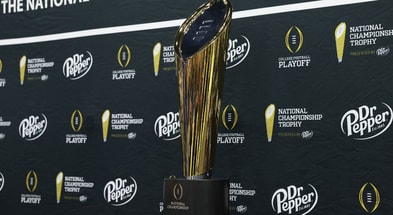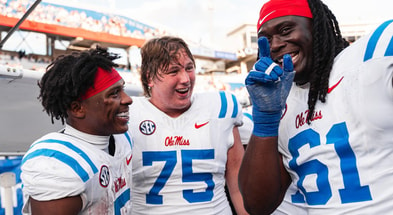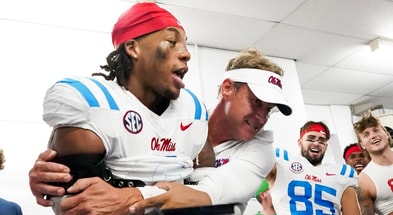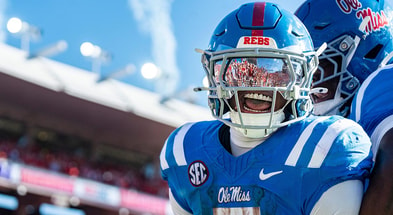NEW: Ole Miss lands No. 1 spot in latest NCAA Academic Progress Report
The content for this article on Ole Miss’ No. 1 Academic Progress Rate was provided by the National Football Foundation
IRVING, Texas — Ole Miss, on Wednesday, landed the No. 1 spot in the annual NCAA Academic Progress Report (APR), which was released June 14.
Additionally, the Rebels were No. 2 overall in the Top 25 football teams in 2020-21 multi-year rate.
“For our players to break records on the field and in the classroom in the same season shows remarkable commitment,” Ole Miss head football coach Lane Kiffin said. “The No. 1 APR score is a tribute to the type of young men we have in our program and the support that our staff has provided in helping develop them in all facets of the student-athlete experience.”
APR highlights that student-athletes continued to perform well in the classroom despite the challenges presented by COVID-19.
“The APR provides an important window into the success that colleges and universities are having in ensuring their student-athletes remain on track to graduate,” NFF Chairman and all-time Ole Miss great Archie Manning said.
“Institutions are clearly investing in academics, and showcasing the top football programs allows us to highlight those programs that continue to go above and beyond in preparing their student-athletes for success in their careers after their playing days. The high graduation rate for college football players is a testament to everyone involved with our sport and their commitment to ensuring the future success of their players.”
The overall APR rate increased by one point, to 984, from the last publicly-reported rate in May 2020 to 984.
The football APR remained steady at 964.
The NCAA also noted 20,000 student-athletes have gone back to school to earn their degrees, including 5,863 football players – the most among all NCAA sports. Those student-athletes are typically not counted in the federal graduation rate or Graduation Success Rate calculations.
Top 10
- 1Breaking
AP Poll Prediction
Top 25 shakeup on deck
- 2Hot
Lane Kiffin
Updated timeline on final decision
- 3
SEC Championship
Alabama vs. Georgia
- 4Trending
Diego Pavia
Brother arrested at Neyland
- 5
Jam Miller injury
Alabama RB on crutches
Get the Daily On3 Newsletter in your inbox every morning
By clicking "Subscribe to Newsletter", I agree to On3's Privacy Notice, Terms, and use of my personal information described therein.
“From a competitive standpoint, we are in the midst of the most successful period in Ole Miss athletics history, and it’s exciting to see the record-breaking achievements also extend to the classroom,” Ole Miss athletics director Keith Carter said.
“Our staff works extremely hard to support the players in their academic journeys, and it’s rewarding for all of us when they achieve at this tremendous level. With the culture we have established at Ole Miss, we look forward to seeing these accomplishments continue for years to come.”
The Top 25 Football Teams (2020-2021, Multi-Year Rate)
1. Columbia (1,000)
2. Clemson (999)
2. Ole Miss (999)
4. Alabama (997)
5. Northwestern (995)
6. Rice (994)
6. Air Force (994)
8. Washington (993)
9. Dartmouth (992)
9. Elon (992)
9. Wisconsin (992)
12. Ohio State (991)
12. Cincinnati (991)
12. Utah (991)
15. Boise State (990)
15. Davidson (990)
15. Wake Forest (990)
18. North Dakota State (989)
18. Dayton (989)
20. Colgate (988)
20. Holy Cross (988)
20. Harvard (988)
20. Louisville (988)
20. Minnesota (988)
20. Pennsylvania (988)
APR Calculation
Adopted in 2004 at the NCAA Convention as a more immediate measure of a team’s academic performance, the APR is calculated as follows:
- Each student-athlete receiving athletically related financial aid earns one point for staying in school and one point for being academically eligible.
- A team’s total points are divided by points possible and then multiplied by 1,000 to equal the team’s Academic Progress Rate.
- In addition to a team’s current-year APR, its rolling four-year APR is also used to determine accountability.
Teams must earn a four-year average APR of 930 to compete in championships.
Typically, teams that scored below the benchmark would have to face penalties that encourage an emphasis and prioritization on academics. However, due to the current penalty suspension in place, teams will not be subjected to penalties this year.
Last year, APR data was not released publicly, and penalties were not assessed.


